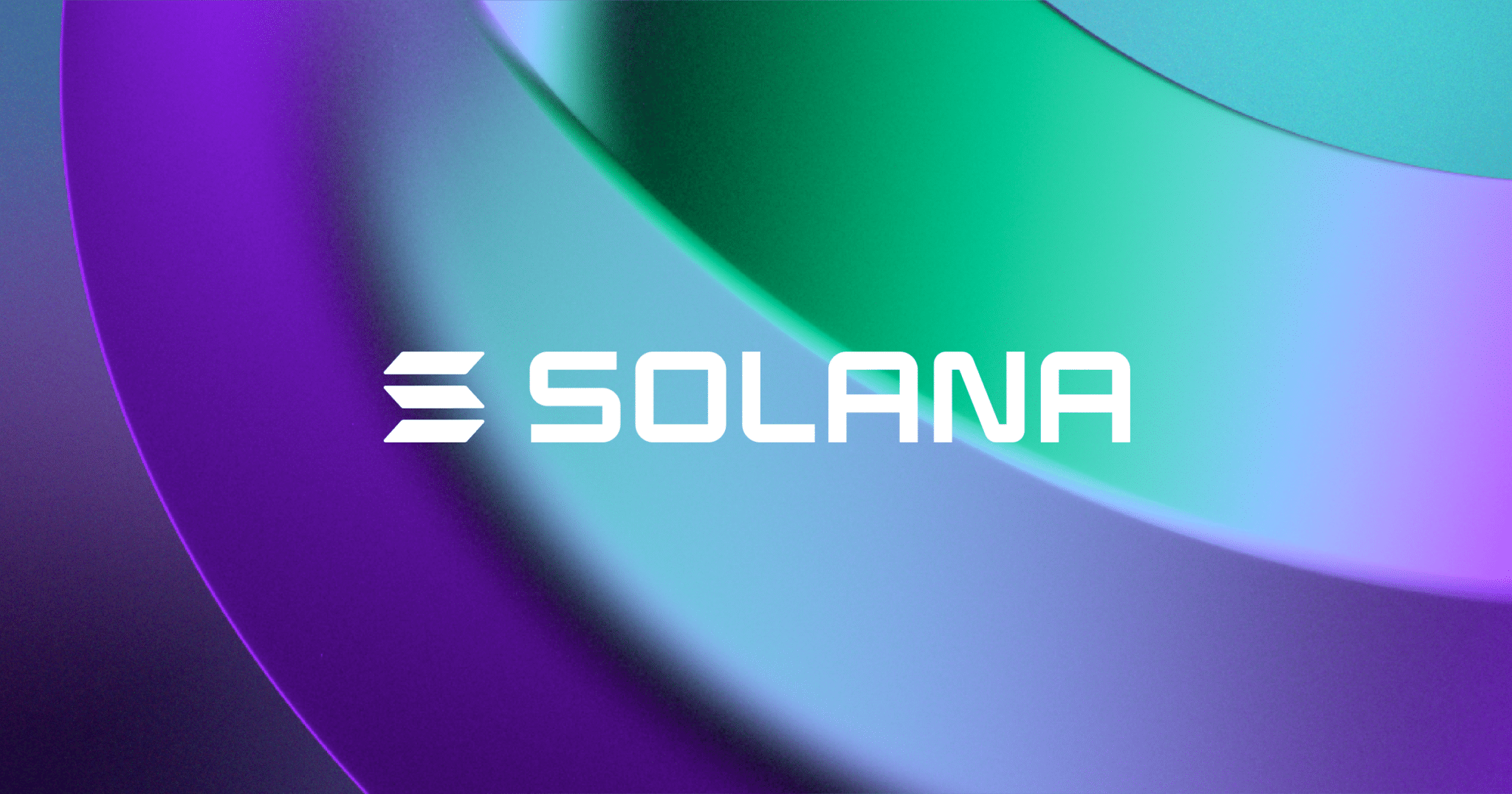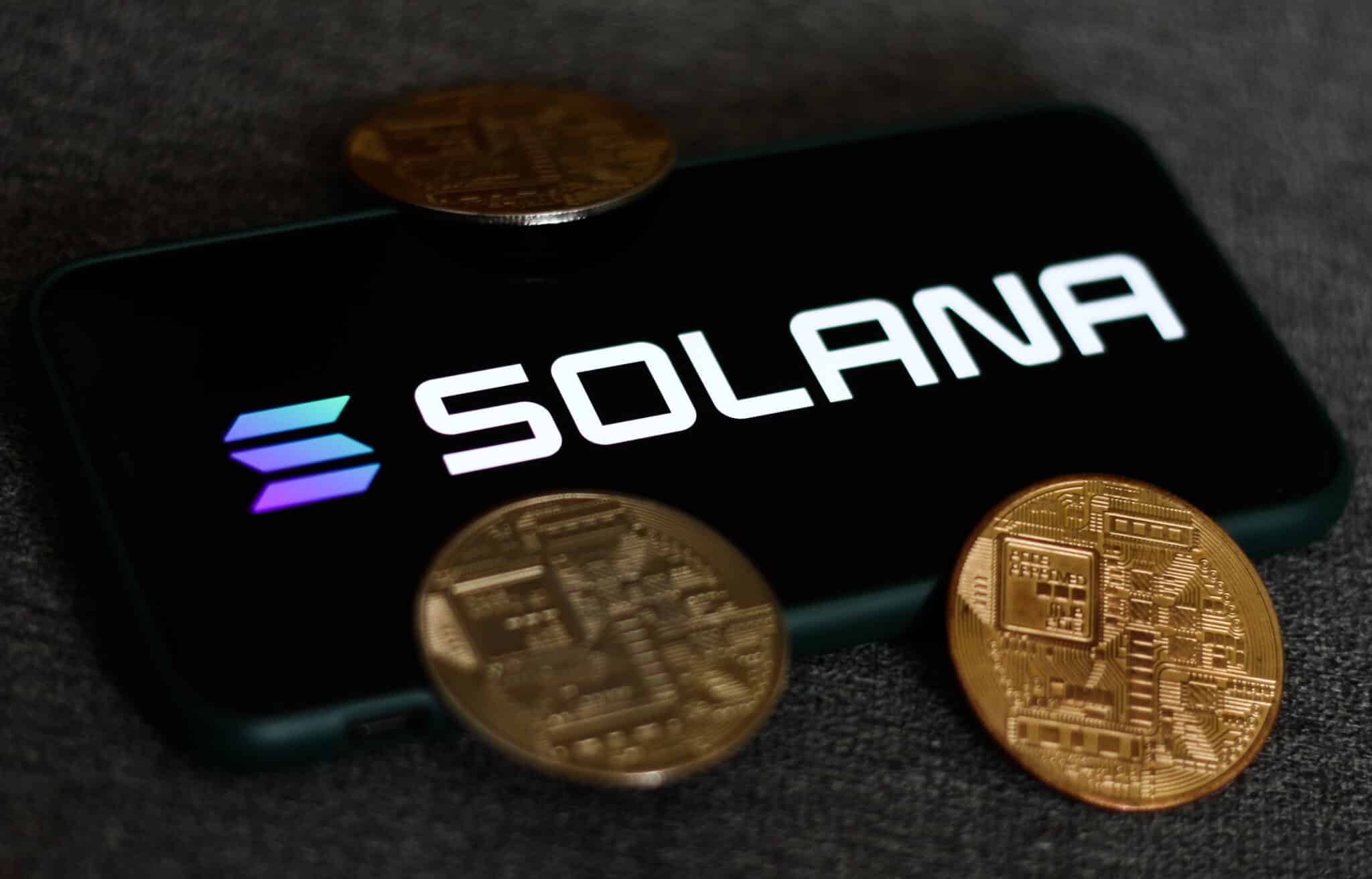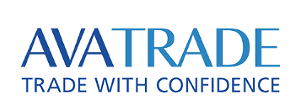During the past year, the Solana DeFi landscape encountered various challenges, including hacks, network disruptions, the collapse of FTX, phased-out protocols, and liquidity reduction. Rather than succumbing to these pressures, it emerged more resilient, with dedicated teams and creators poised to confront persistent obstacles and foster DeFi growth on Solana.

For those possessing assets on alternate blockchains like Ethereum/EVM, the most straightforward method of transferring them to Solana is via centralized exchanges such as Coinbase or Kraken, or through decentralized cross-chain solutions like Mayan Finance (operated by Wormhole) or deBridge, enabling direct receipt of native tokens.
Procuring Tokens on Solana
Once assets are on-chain, the next step involves swapping them for SOL, USDC, or other desired tokens. In contrast to Ethereum, most Solana clients tend not to trade directly on Automated Market Makers (AMMs). Instead, they opt for Jupiter, a premier DEX aggregator that sources liquidity from AMMs like Orca and Raydium, with order books such as OpenBook and Phoenix. Jupiter excels in offering optimal swap rates while also enabling users to create on-chain limit orders for any token. Additionally, an on-chain Dollar-Cost Averaging (DCA) feature is on the horizon.

Opportunities in Staking
With SOL and SPL tokens in your wallet, you can explore diverse yield prospects on Solana. A straightforward avenue involves reaping rewards from staking SOL. Fortunately, reputable liquid staking providers like Marinade, Jito, SolBlaze, and Lido are available. JitoSOL (Jito), an inventive liquid staking SOL approach, not only rewards stakes with emissions but also with MEV rewards from Jito validators, presenting higher yields than conventional staking approaches.
Marinade, currently the largest staking solution with over $150 million in stake, introduces an intriguing “Directed Stake” feature allowing users to select preferred validators. SolBlaze, a newcomer, similarly stakes SOL across multiple validators based on delegation strategy, contributing to Solana’s decentralization. The impending $BLAZE token airdrop adds to SolBlaze’s offerings.
Facilitating Liquidity
Solana’s AMMs have transitioned towards concentrated liquidity, evident in platforms like Raydium and Orca which predominantly offer concentrated liquidity market-making (CLMM) pools. These pools enhance capital efficiency, delivering increased liquidity for users and higher fees for traders. If SOL is staked in mSOL or JitoSOL, users can support token swaps by providing liquidity for pairs like SOL or USDC. This not only generates yield from trading fees but also potential rewards through liquidity mining initiatives, such as Marinade’s MNDE for mSOL pools.

Solana’s NFT protocols, Hadeswap, Tensor, and Magic Eden, have added AMMs to improve trading and democratize collections. Liquidity provision and fee earning are now possible on these marketplaces. Advanced users can explore Solana’s other protocols, such as OpenBook, Hxro, and Monaco Protocol, for on-chain limit orders, derivatives trading, and betting apps.
On-chain Futures with Solana Perpetual Exchanges
Perpetual exchanges offer an avenue for lending/borrowing, with Drift being the leading perpetual exchange on Solana, accommodating various cryptocurrencies like SOL, BTC, ETH, ARB, RNDR, MATIC, and more. Users can lend SOL, USDC, or mSOL, providing added liquidity for Drift traders. Drift’s insurance fund staking program presents an extra lending opportunity for users willing to back the perpetual exchange. Zeta, Cypher, and Mango Markets are among the numerous perpetual exchanges available on Solana.

The Next Generation of Solana DeFi Protocols
While established protocols dominate, several emerging teams are either recently operational or poised for launch. Kamino, a protocol managing LP positions from Orca and Raydium, simplifies liquidity provision by automating ranges, rebalancing, and fee auto-compounding.
Meteora, incubated by Jupiter, offers lending aggregation vaults and dynamic liquidity pools. It selects optimal rates while considering risk factors to prevent entanglement in risky lending pools.

Midas, developed by Hadeswap, introduces a novel stablecoin protocol similar to Hubble, but for NFTs. NFT owners can mint $MIDAS by collateralizing NFTs.
Hawksight facilitates one-click DeFi strategies atop numerous protocols. GFX streamlines liquidity provision via single-sided liquidity pools.
Conclusion
In Conclusion, whether Solana projects launch tokens or not, their products warrant exploration. The dynamic Solana ecosystem, supported by initiatives like Cubik, marks just the dawn of the new Solana DeFi era.
You can purchase Lucky Block – Guide, Tips & Insights | Learn 2 Trade here. Buy LBLOCK
Note: Learn2.trade is not a financial advisor. Research before investing your funds in any financial asset or presented product or event. We are not responsible for your investing results.
- Broker
- Min Deposit
- Score
- Visit Broker
- Award-winning Cryptocurrency trading platform
- $100 minimum deposit,
- FCA & Cysec regulated
- 20% welcome bonus of upto $10,000
- Minimum deposit $100
- Verify your account before the bonus is credited
- Fund Moneta Markets account with a minimum of $250
- Opt in using the form to claim your 50% deposit bonus
Learn to Trade
Never Miss A Trade Again

Signal Notification
Real-time signal notifications whenever a signal is opened, closes or Updated

Get Alerts
Immediate alerts to your email and mobile phone.

Entry Price Levels
Entry price level for every signal Just choose one of our Top Brokers in the list above to get all this free.




